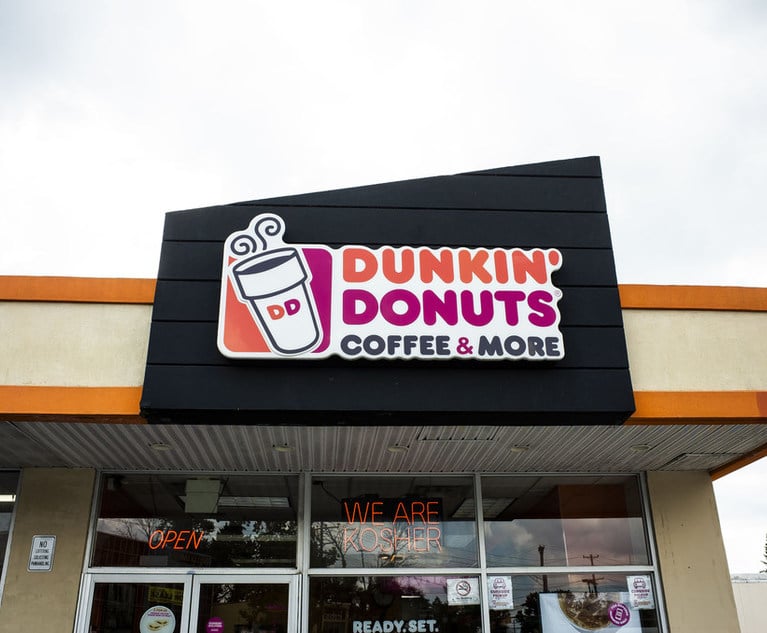Wall Street tells us more about ourselves than perhaps we really want to know. The pandemic has challenged and brought out the best in dining, and in particular quick service restaurants. The changes are not only on consumer preferences, but also in the legal structure. In order to meet the customer demands, not only did the customer experience need to change, but also the capital structures needed to change. Restaurant chains are looking more, and acting more, like tech companies. That seems today to be the formula to raise the money necessary to run and grow a restaurant chain. Let’s look at how consumer tastes steer Wall Street preferences.
The Reality of Restaurant Management
Every restaurant has staffing shortages. The “big quit” due to COVID-19 concerns affects restaurants perhaps more than in any other industry. Restaurant workers seek higher wages and better working conditions. Unions are seeking to organize the workers of the brands and obtain legal changes to the labor law environment to accomplish these goals. Demand for a higher minimum wage scares the restaurants, many of which have suffered during the pandemic, while other restaurants have exceeded expectations. Consumers are finicky, and they want the customer experience and the quality of food despite the challenges to management in the labor environment.


 Dunkin’ Donuts location in Baltimore, MD. Aug. 11, 2020. Photo: Diego M. Radzinschi/ALM
Dunkin’ Donuts location in Baltimore, MD. Aug. 11, 2020. Photo: Diego M. Radzinschi/ALM




